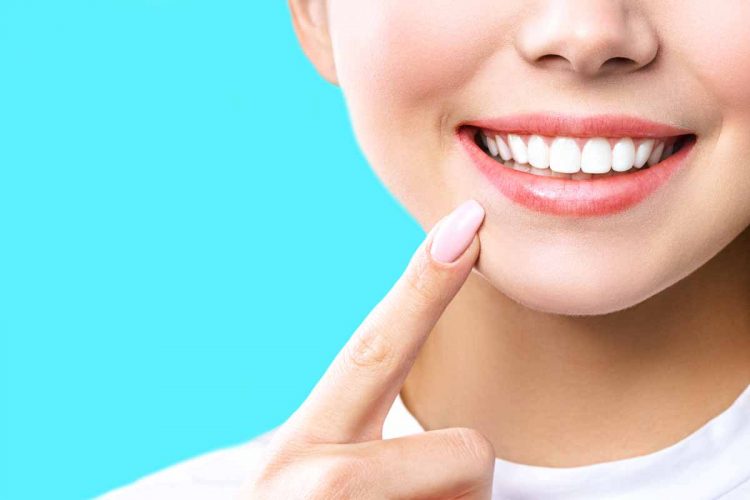Does your dental practice have a blog on its website? There will be three possible answers that dentists reading this might give. The first is “Yes”, to which we say excellent, with the caveat that we hope your blog is fully optimised to help improve your Google rankings and thus help to promote your dental practice. If not, then keep reading.
The second possible answer is “No”; if you gave that answer, we would implore you to continue reading. The third answer could be “What is a blog?” as there will be many dentists who do not fully understand or know what a blog is, and again we would ask you to continue reading.
What Is A Blog?
The original term is “Weblog” but, as with many times online, it has been shortened to “Blog”. A blog can be a part of a more extensive website or a standalone website in its own right. You will find content on a blog, usually written, although the best blogs have ranged in many forms, including images, audio, and video.
One of the core principles of good blogs is they should appeal to an identifiable group of people or those interested in a specific subject. As such, the content published there usually relates to that subject or something relevant to the main topic.
A simple example of a blog would be one geared toward dog ownership. The blog’s primary target audience will be dog owners; therefore, the content published will be dog-related, such as dog training, dog diets, dog treats and dog health, to name but four. Some blogs can be general, such as this dog ownership example, but others could be more specific, such as a blog focusing only on dog training.
What Content Should A Dental Practice Blog Publish
The first task is to identify which audience you wish to appeal to, and we will assume here that it will be those in your local area who require a dentist. This means that your blog should not be for other dentists, nor should it seek to appeal to a worldwide audience, given that your target market is located within a set radius of your dental practice’s location.
Potential content you could include in your blog, along with specific examples, are:
- How To Guides – How to brush your teeth correctly
- Case Studies – A case study on a patient who opted for Invisalign implants
- Opinions – Your opinion on a new toothpaste formulated for seniors
- Interviews – With other dental professionals
- Advice – For parents to help keep their children’s teeth and gums healthy
- FAQs – List all the most common questions you get asked, along with the answers
- New Developments – Highlight new treatments/technologies
- Practice News – New staff, promotions, new services etc
How Does A Blog Help A Dental Practice?
There are many ways in which a blog can help your dental practice, but let us briefly look at the main three.
Boosts SEO And Search Engine Rankings
The best known, and also the most important, is that a good blog will catch the attention of Google and if the content is of sufficient quality and optimised properly, it can lead to Google placing that website higher in its search rankings which means more traffic coming to the dental practice’s website.
Builds Credibility And Branding
Every business needs to be seen as credible, particularly when a professional service like dentistry is the focus. A great blog with lots of interesting, well-written content will give those reading it reassurance that the dental practice has experts and professionals within it. This content can also raise awareness of your dental practice’s brand locally.
Promotes Your Dental Practice
Whilst you want to focus mainly on informative content, a blog can also be used to promote your dental practice. This can include offering discounts for certain treatments, advertising new treatments and services, and even giving a free first consultation to help bring new patients to your dental practice.

